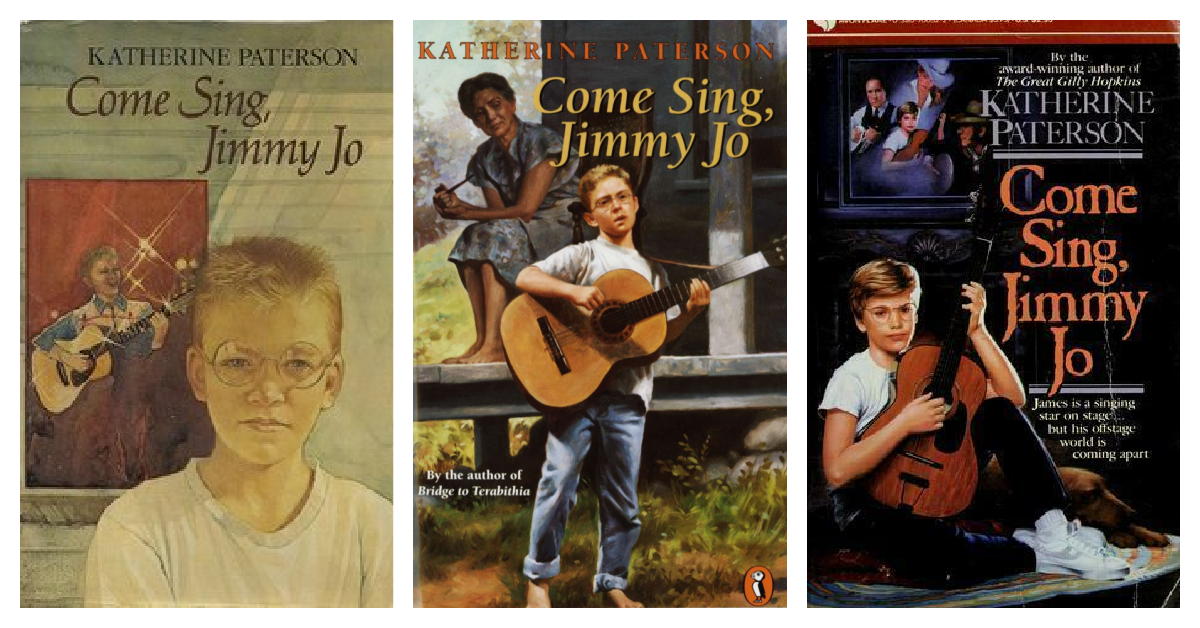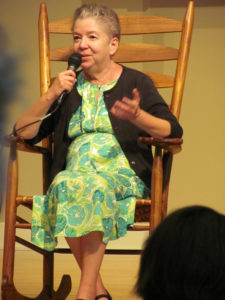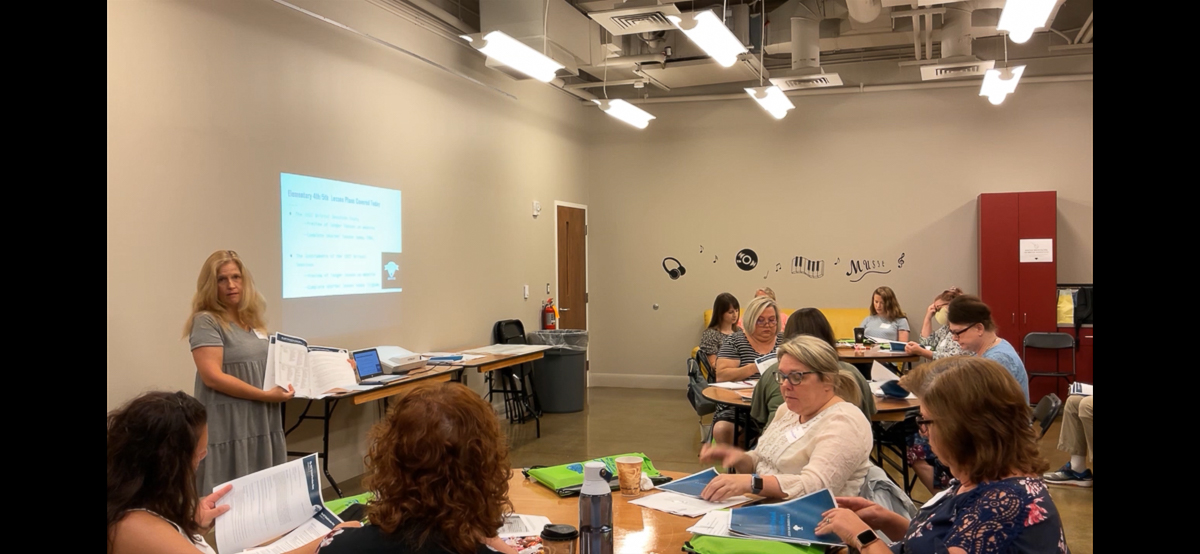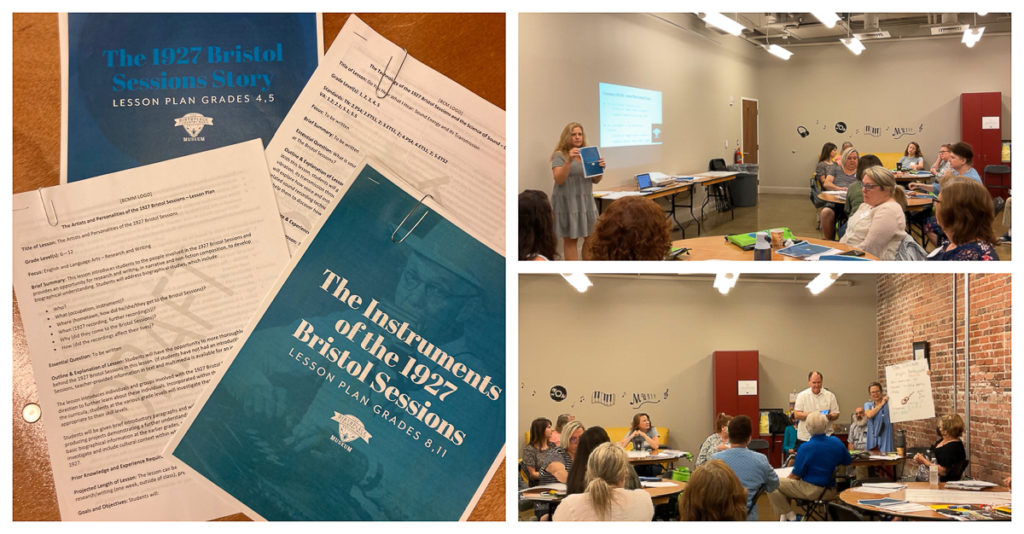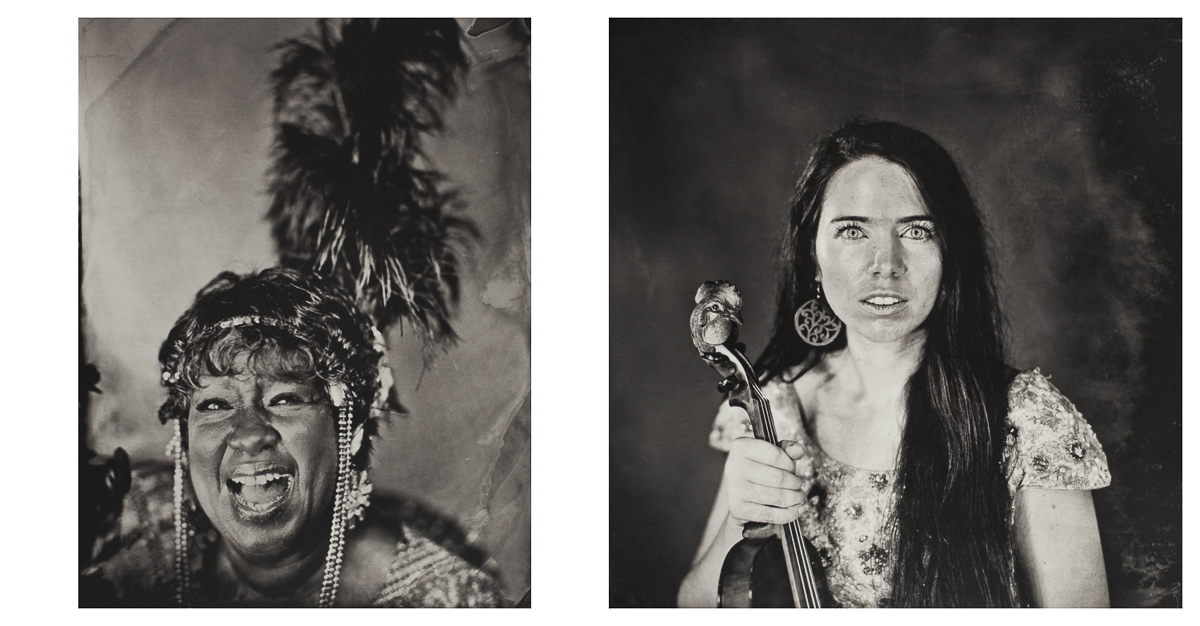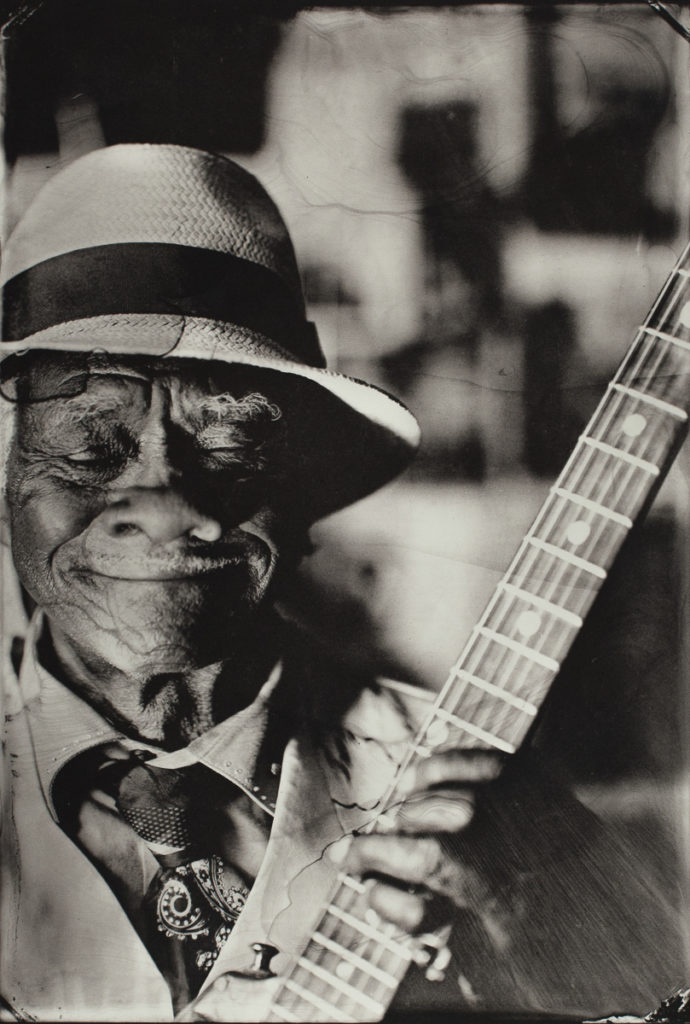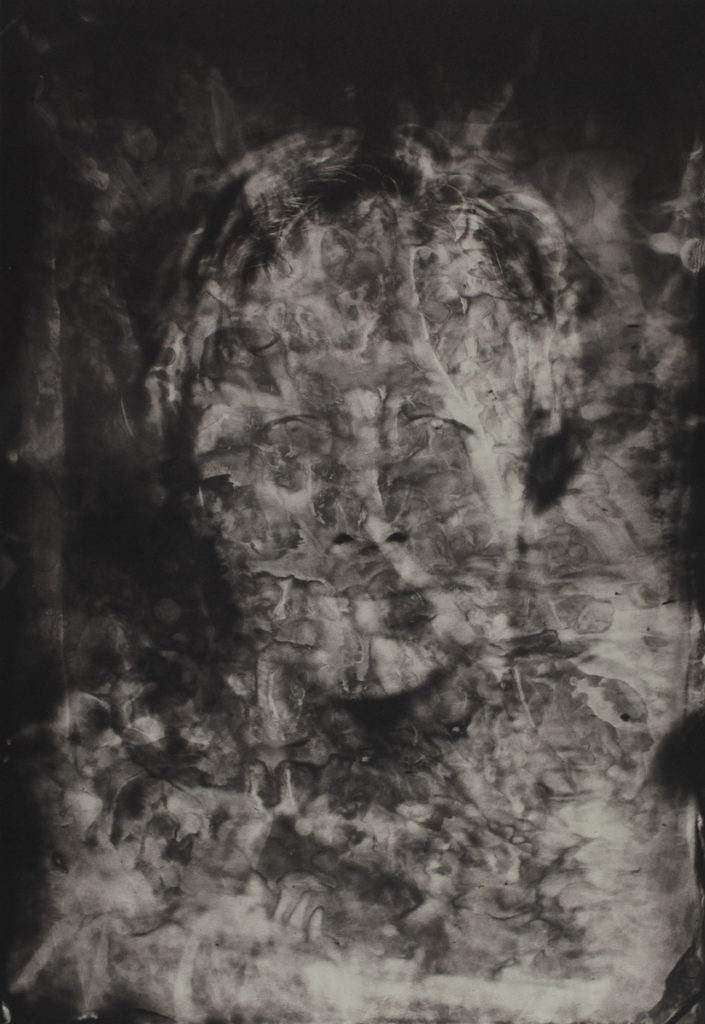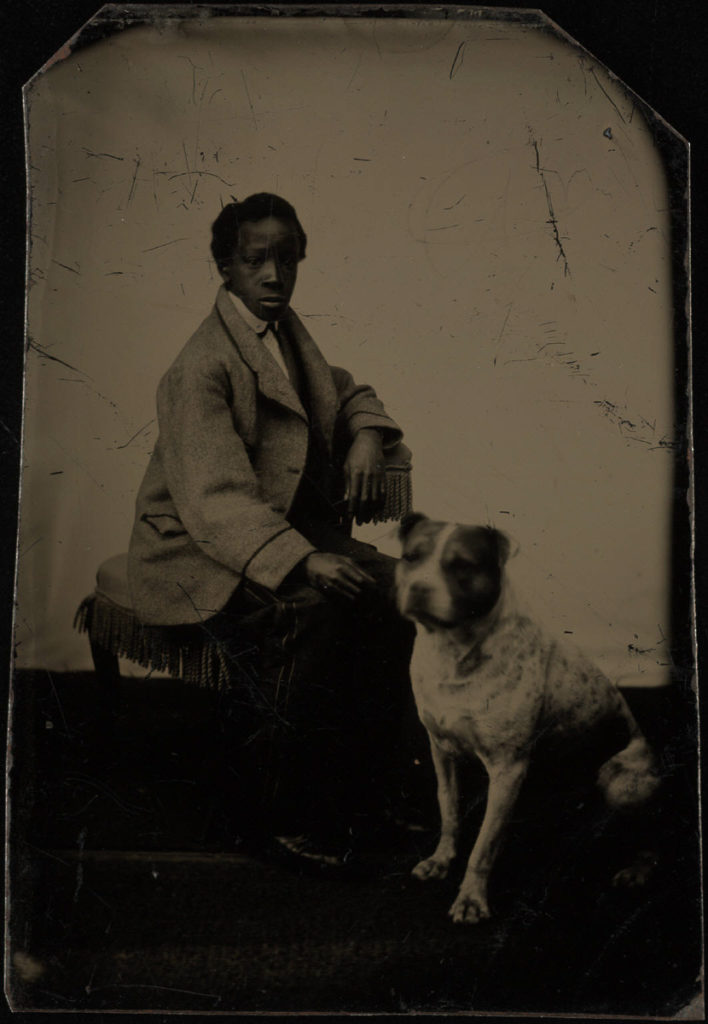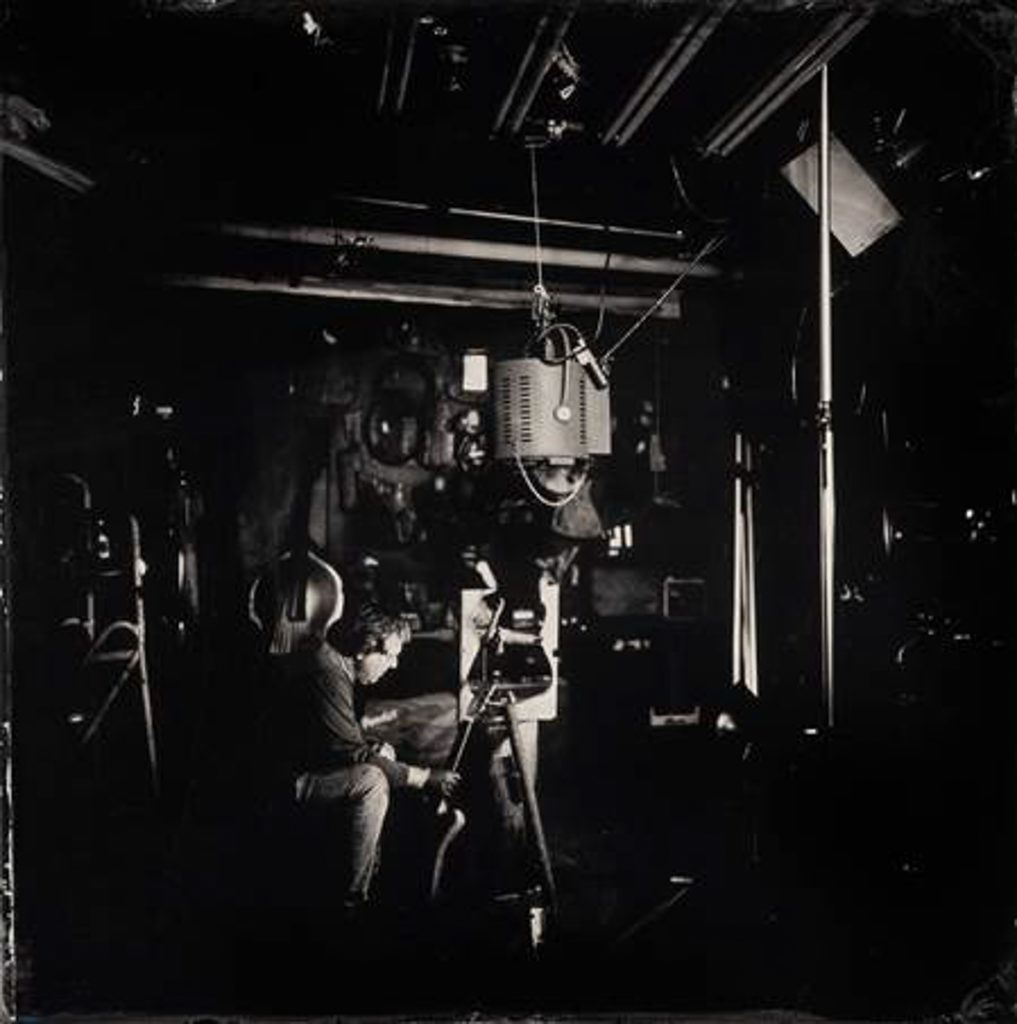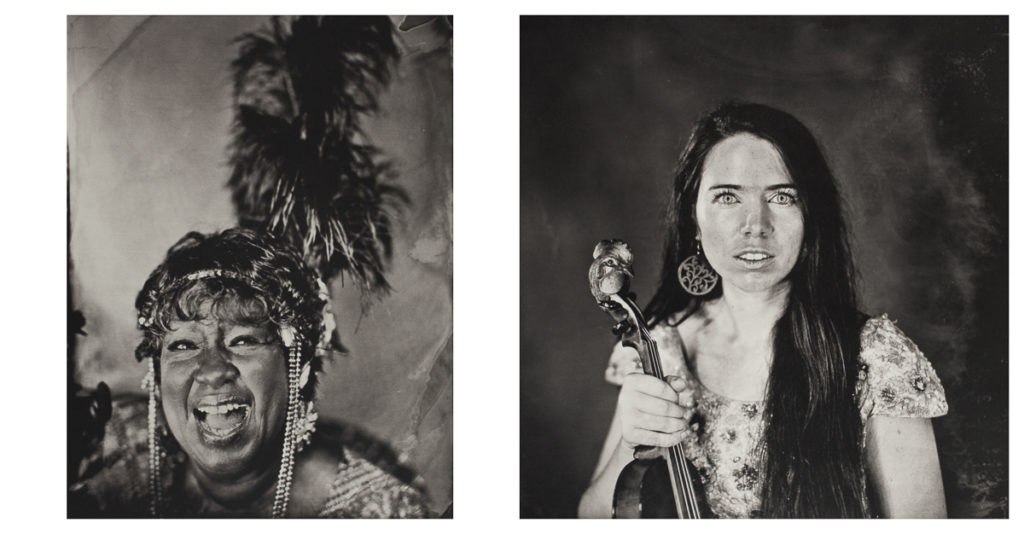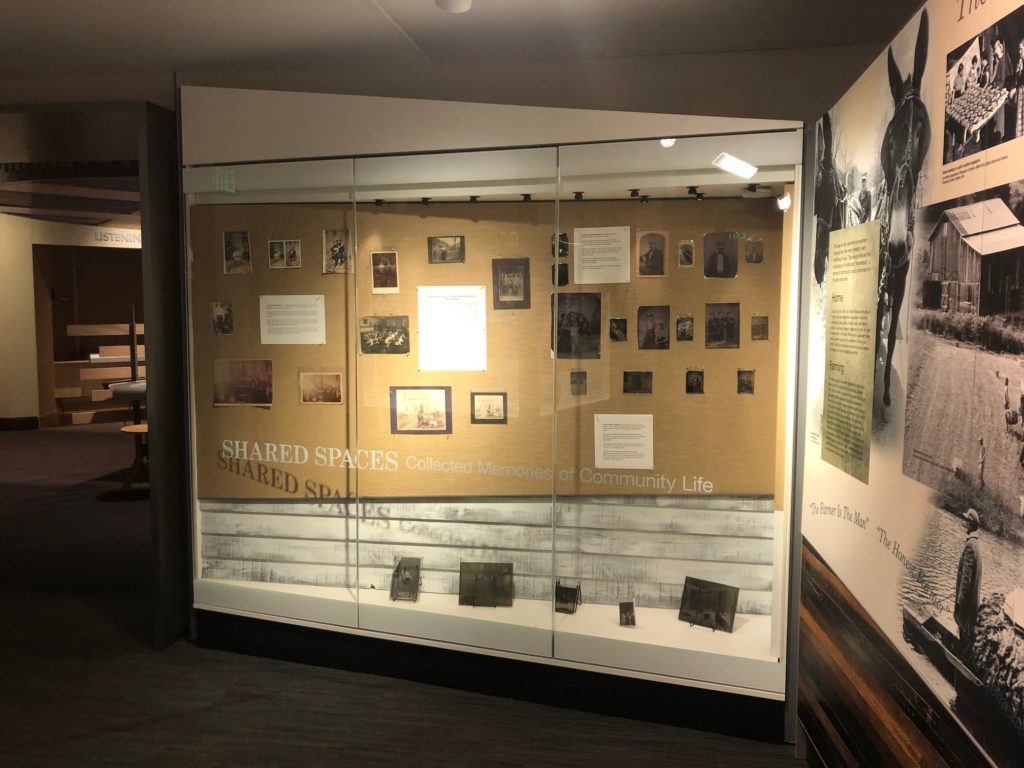Welcome to Radio Bristol Book Club where readers from BCM and the Bristol Public Library come together each month to celebrate and explore books inspired by our region’s rich Appalachian cultural and musical heritage! We invite you to read along and then listen to Radio Bristol on the fourth Thursday of each month at 12:00 noon when we dig deep into the themes and questions raised by the books, learn more about the authors, and celebrate the joys of being a bookworm! If one of your resolutions for 2022 is to read more books, Radio Bristol Book Club is a great way to help you meet that goal – so read along with us!
This month we are reading Come Sing, Jimmy Jo, a children’s book by Katherine Paterson. The story follows James Johnson as he sings and plays the music he loves. But approaching fame as the centerpiece of his family’s band on television – and the change of his performing name to Jimmy Jo – bring mixed feelings and anxiety. Jimmy Jo isn’t sure that this new music is for him, and he’s sad to leave his mountain home to be on stage. How does he reconcile these feelings and responsibilities with the music that is a part of him and with still being just a kid? Aimed at children 10 years and up, this book makes for a great story for adults too!
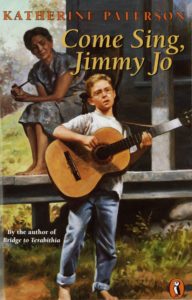
Katherine Paterson’s website shares this beloved author’s many achievements and accolades, but for many of us, the Paterson book that had the most impact on us is the wonderful but cry-inducing Bridge to Terabithia. However, she has written a multitude of books – more than 40, in fact, including 18 novels for children and young people. She has twice won the Newbery Medal, for Bridge to Terabithia in 1978 and Jacob Have I Loved in 1981. The Master Puppeteer won the National Book Award in 1977 and The Great Gilly Hopkins won the National Book Award in 1979 and was also a Newbery Honor Book. For the body of her work, she received the Hans Christian Andersen Award in 1998, the Astrid Lindgren Memorial Award in 2006, and in 2000 was named a Living Legend by the Library of Congress.
Not only is she a prolific author, but she also gives her time and passion to children’s literature and reading. She is a vice-president of the National Children’s Book and Literacy Alliance and is a member of the board of trustees for Vermont College of Fine Arts. She is also a honorary lifetime member of the International Board of Books for Young People and an Alida Cutts lifetime member of the US section, USBBY. She was the 2010-2011 National Ambassador for Young People’s Literature.

Author Katherine Paterson.
Please make plans to join us on Thursday, February 24 at 12:00pm for the discussion of Come Sing, Jimmy Jo by Katherine Paterson, followed by a conversation with the author! The book is available at the Bristol Public Library, so be sure to pick up a copy and read it ahead of time. We look forward to exploring this book on-air, and if you have thoughts or questions about the book that you would like to share with our readers, you can email info@birthplaceofcountrymusic.org (Subject line: Radio Bristol Book Club) – your book insights might appear on air with us! You can find us on the dial at 100.1 FM, streaming live on Radio Bristol, or via the Radio Bristol app.
Looking ahead: Our book pick for March is LGBTQ: Fiction and Poetry from Appalachia by Jeff Mann; we’ll be discussing it on Thursday, March 24. Check out our full list of 2022 Radio Bristol Book Club picks here, where you can also listen to archived shows!
Rene Rodgers is Head Curator of the Birthplace of Country Music Museum and a voracious reader.


